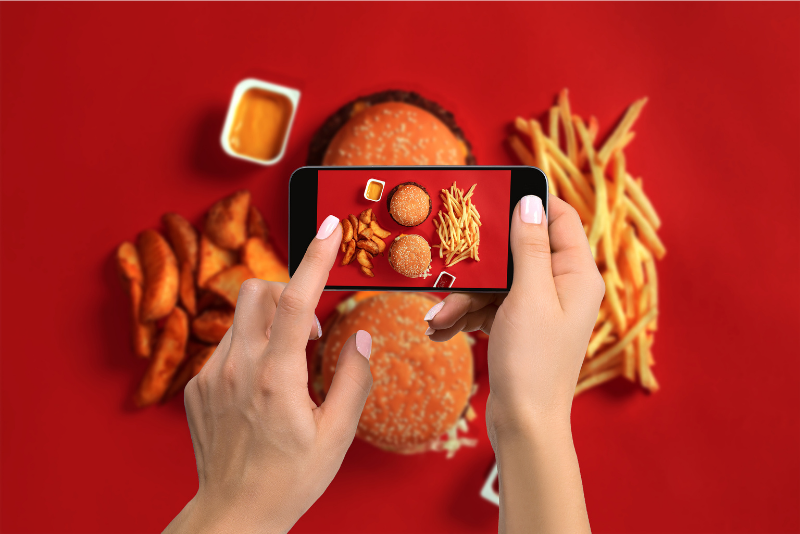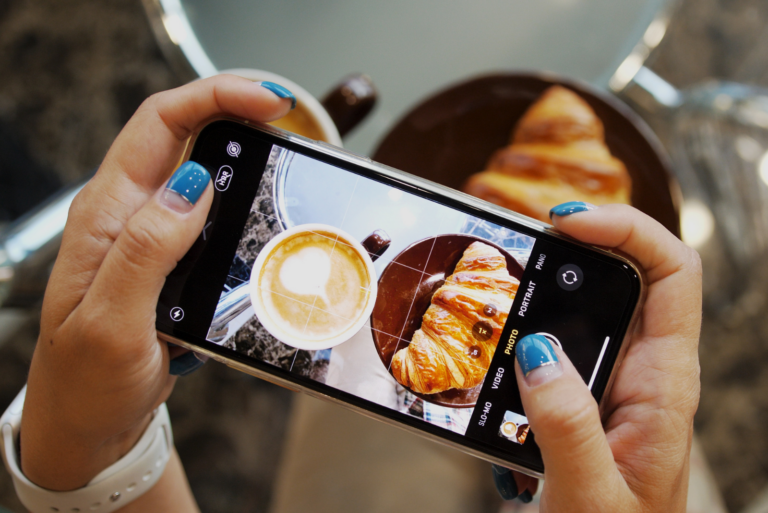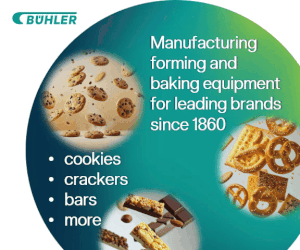NEW YORK CITY — Influencer marketing is a growing industry that isn’t going anywhere. Companies’ spending on influencer marketing is up, according to January 2021 research by Influencer Marketing Hub, with 62% of marketers globally stating they intend to increase their influencer marketing budgets this year. Market analysts predict that the industry will be worth north of $15 billion by 2022, nearly double what it was in 2019. And per Insider Intelligence’s latest forecast, 67.9% of US companies with 100 or more employees will use influencer marketing in 2021, and that number is expected to rise to 72.5% in 2022.
Laura Konopack, senior VP of influencer marketing at Ketchum PR & Marketing Communications Consulting, said that brands see the value of partnering with influencers to reach audiences directly with a real human message. “People follow influencers because they like their content or their personality, and they can engage with them in a real way. Marketers understand the importance of that,” she said. “There’s a level of trust that consumers have with the influencers they follow, which gives the brand credibility.”









